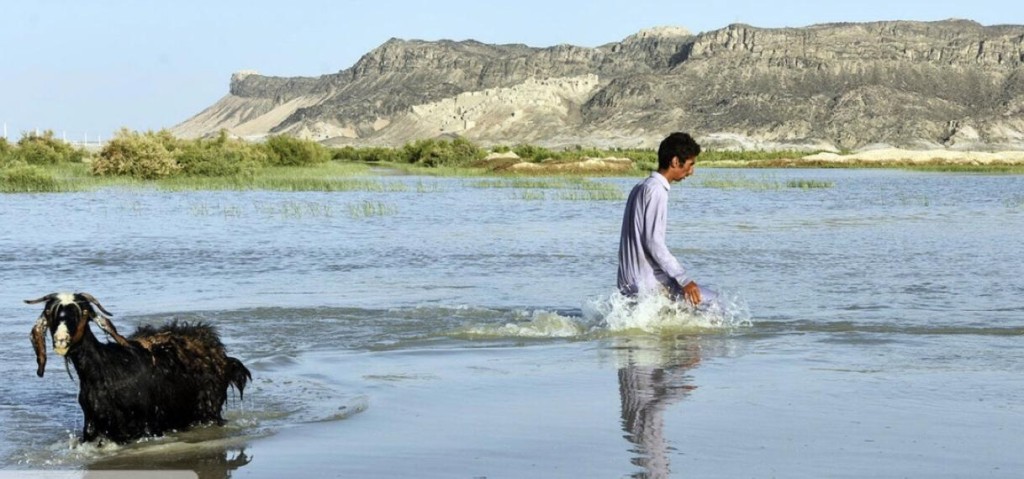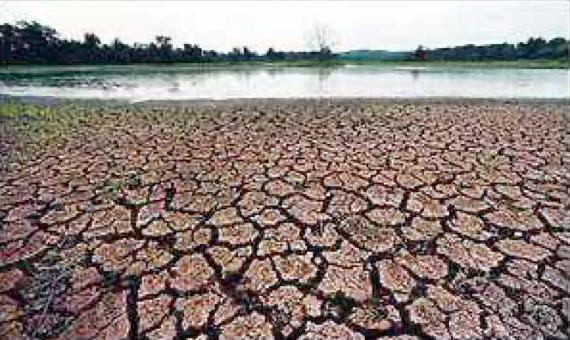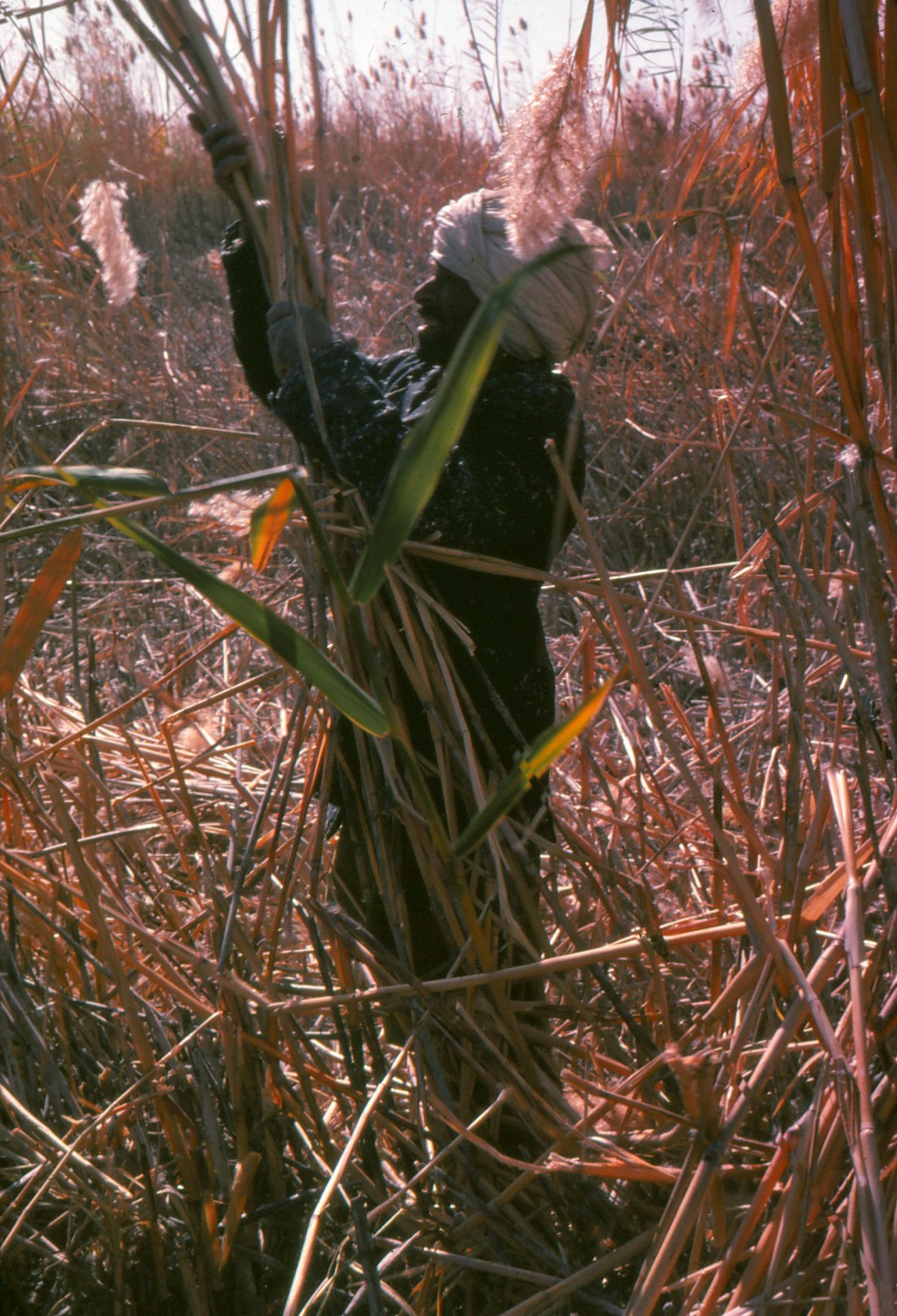The Hamun Lakes
These lakes receive the total discharge of the lower Helmand River in this endorheic (closed) basin. The several hamuns, covering as much as 4000 sq km, are very shallow (1-2 m deep). They are bordered with reed forests and wetlands and serve as an important flyway for birds migrating between northern Asia and the Indian Ocean. Despite the lack of an outlet, the water is reasonably fresh and its swampy edges are filled with plants, animals, and fish. The annual discharge of the Helmand River can vary greatly from year to year. In years of larger discharge, the hamuns expand to a single, enormous body of water. However, during droughts or low discharge, the hamuns dry up completely, causing major trauma to plant, animal, and human users. When droughts persist, large volumes of dust are deflated from the hamuns, which creates very challenging living and medical conditions for the inhabitants and initiates new waves of sand dunes through the region.





